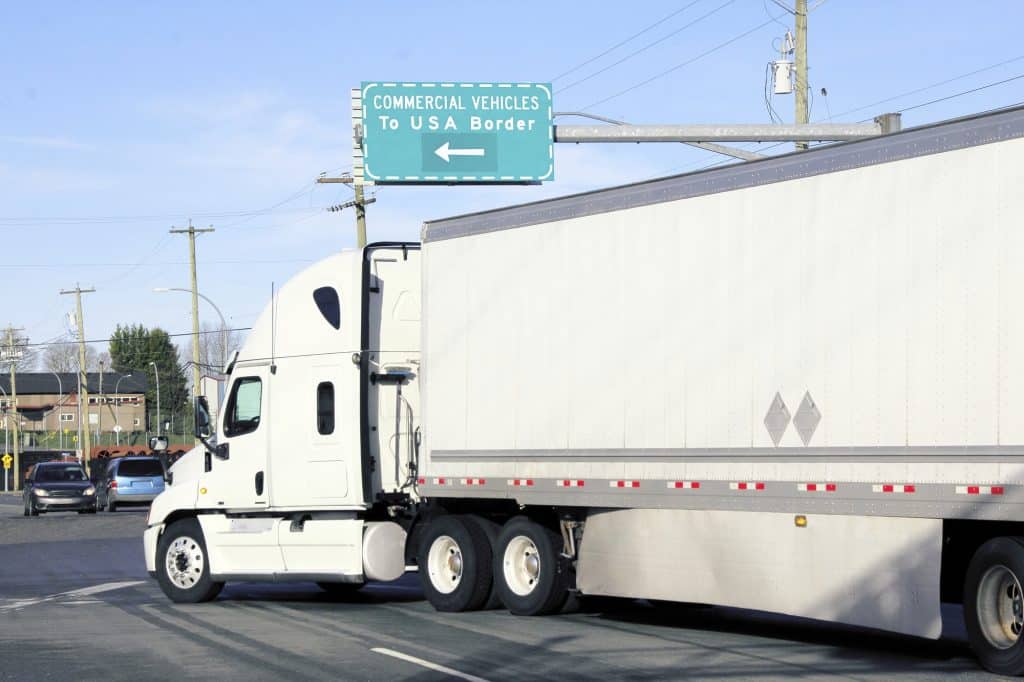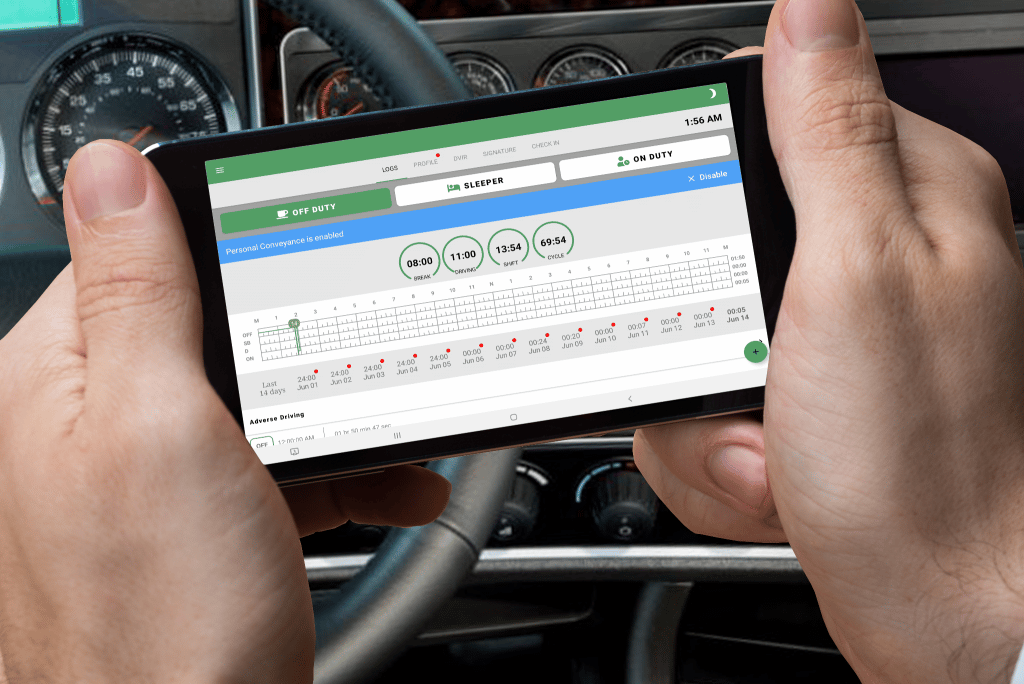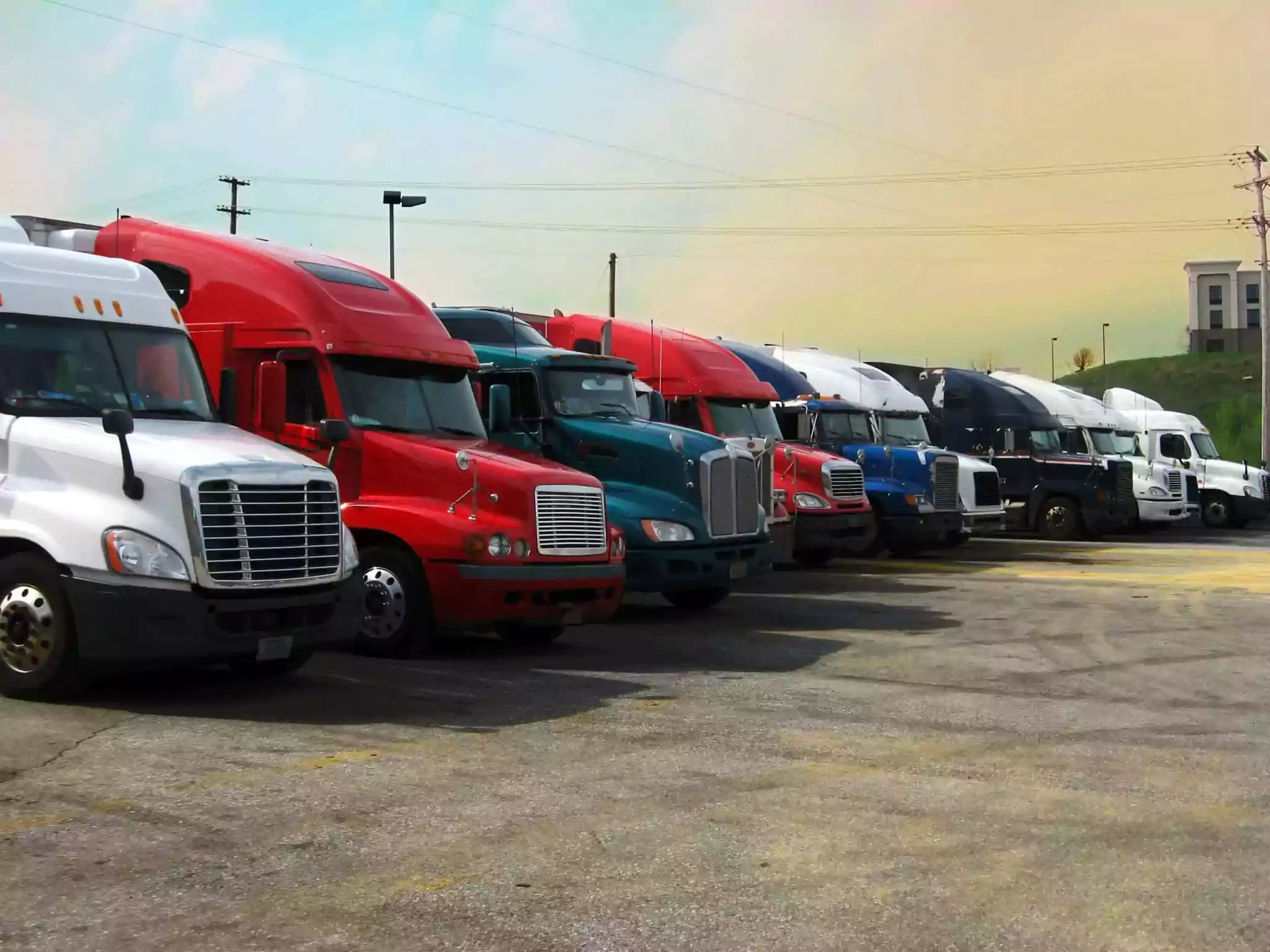How can personal conveyance help you avoid violations?
Looking to save hours of service and avoid potential violations? Personal conveyance can help your fleet keep your hours of service intact.

Does your trucking business need more ways to save hours of service?
There are plenty of ways to lose hours of service nowadays–whether it’s waiting at the shipper for 2 to 3 hours or sitting in traffic.
In fact, MIT researchers told the U.S. Congress that fleets like yours are losing roughly 40% of their driving hours every day.
That’s why it’s so important to find ways to save those hours where you can.
By using personal conveyance in situations where it’s legal, you can avoid losing hours of service losses and potential violations on a daily basis.
Relatively recent FMCSA changes to this rule have made it much easier to use, helping your business keep its hours of service intact.
So, in this blog, we’ll give you insight into how you can use this duty status to help your business save hours of service and avoid costly violations.
What is personal conveyance?

Personal conveyance is an hours of service duty status that allows your drivers to drive their trucks for personal reasons outside of work.
The status can only be used when a driver has been fully relieved of their duties. That means that they cannot use personal conveyance to bypass hours of service regulations and strategically move a load closer to its dropoff location.
Because personal conveyance can only be used while your drivers are off duty, they don’t need to worry about losing any hours of service while driving.
What can personal conveyance be used for?
Personal conveyance can be used for a variety of reasons including finding parking, driving home, or even looking for a place to eat.
It’s a versatile status that allows your drivers to use their truck while off duty, without fear of using their allotted hours of service.
For example, let’s say one of your drivers gets loaded and has 2 hours of driving time left on their clock.
They start driving, but suddenly get stuck in traffic caused by a wreck and end up using an hour of their remaining 2 hours.
This could be a cause for concern, as the driver may not have enough time to get to their planned destination to stop for the day.
Rather than have them risk a violation, your dispatch team finds a nearby truck stop and has them reroute.
While they may run out of hours before they get to their new destination, here’s what they can do:
- Pullover and switch their status on their ELD to off-duty
- Enable personal conveyance
- Use personal conveyance to drive the short distance between their current location and the nearest truck stop.

The FMCSA has also listed a few examples for using personal conveyance, which you can find below:
- Time spent traveling from a motel or truck stop to a restaurant or entertainment facility.
- Commuting between a driver’s residence and their terminal, trailer drop lot, or between work sites. To make sure drivers are well-rested, the commuting distance combined with the release from work and start-to-work times must give drivers enough time to rest.
- Time spent traveling to a nearby safe location to complete a rest period after loading or unloading. The location’s distance must be reasonable and must be the first such location reasonably available.
- Moving a CMV at the request of a safety official during a driver’s off-duty time
- Authorized use of a CMV to travel home after working at an offsite location.
How far can you drive on personal conveyance?
How far you can drive while using personal conveyance depends on multiple factors which include your ELD, carrier preferences, and whether or not your drivers are loaded.
While there are no rules saying how far a driver can go while using personal conveyance, some ELD providers place limits on how many miles your drivers can drive.
Additionally, you as a carrier, also have a say on the number of miles your drivers can use personal conveyance for. Some carriers don’t place a limitation, while others allow for 25 to 100 miles.
If your ELD hasn’t already made this decision for you, then your decision mainly comes down to how you’d like to manage your hours of service and your driver’s off-duty time.
Can you use personal conveyance while loaded?

Yes. The rule was updated in 2018 by the FMCSA, allowing drivers to use personal conveyance while loaded, with the condition that they don’t strategically advance the load closer to its destination.
So, what does this mean?
Let’s say your driver’s shift has concluded and they’re officially off-duty, but they want to go eat or watch a movie. Because they’re only going from their current location to the restaurant or theater and back, the FMCSA says that’s okay.
But, if they stop at a location and then use personal conveyance to drive to a different rest stop that’s closer to their drop-off destination, that driver could be at risk of receiving a violation from a DOT officer.
In short, your fleet can now use personal conveyance while loaded as long as your drivers do not abuse it and try to move closer to the receiver.
Can you use personal conveyance to get home?
Personal conveyance can be used to get home, as long as you or your ELD provider has not put in place any mileage limitations.
As we discussed earlier, you as a carrier and/or your ELD provider can choose to limit the number of miles drivers can move while using personal conveyance.
However, if no such limit exists, your drivers can use personal conveyance to drive home while unloaded.
Here’s a scenario for you to consider:
Let’s say one of your drivers has just dropped off a load and they need to return home as soon as possible.
Normally, they’d likely try to find a load that takes them back home, but in this case, they don’t have the time to find one and deliver it.
What can you do?
Well, as long as they’re unloaded on their way back, that driver can use personal conveyance to get home, no matter where they are.
The time they spend on the road will not affect their hours of service because they’re not moving any freight for monetary gain.
All your drivers are required to do is take appropriate rest periods while on the road so they don’t become fatigued.
Can you use personal conveyance to find parking?

Yes, drivers can use personal conveyance to find parking at a truck stop.
Tell us if this sounds familiar:
You’re almost out of hours of service, but you’re only just getting to a truck stop after dealing with slow shippers and traffic. You drive into the lot.. and there’s no parking in sight.
Now you’re at risk of getting a violation if you don’t find a spot ASAP and you’re still moving from row to row waiting for something to open up.
It’s a stressful situation to be in–but it’s easily avoidable using personal conveyance.
Rather than risking a violation for something that’s out of your control, you can just switch to personal conveyance and scour the parking lot without worrying about going over your allotted hours.
Have you ever been woken up by a parking attendant and told to move your truck?
It can be annoying, but the issues don’t just end there. Without using the correct duty status, you could be wasting hours of service as well.
To avoid this, you can apply personal conveyance on your ELD and easily switch parking stalls or move elsewhere without affecting your hours of service.
How do I use personal conveyance?

Personal conveyance can be applied by using your ELD if your provider makes it easily accessible to you and your drivers.
Unlike other ELD providers, GPSTab makes it simple for your drivers to apply personal conveyance when they need it.
Driver running out of hours of service? Just have them stop somewhere safe and switch to personal conveyance with the check of a box.
This will allow them to drive to their nearest rest location without having to worry about potential violations and the higher CSA scores that come with that.
Once a driver has enabled personal conveyance, you’ll be able to view the status change in your GPSTab Admin Portal.
Want to see how it work for yourself? Start your 7-day free trial today by clicking here.





